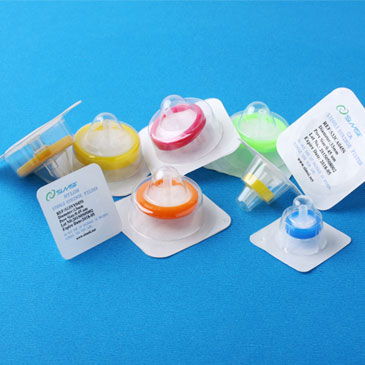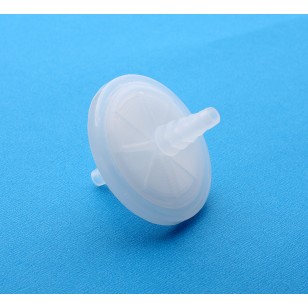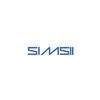Syringe filters are widely used in laboratories, pharmaceutical sectors, and research fields. Selecting the appropriate syringe filter for your samples is crucial for achieving thriving filtration outcomes. Simsii will present a comprehensive guide to help you make informed decisions when choosing a syringe filter. You can ensure efficient and effective filtration of your samples by understanding key factors.
Methods of Choosing The Right Syringe Filters
Before you purchase any syringe filters, pay attention to these methods;
Select the Proper Membrane
When selecting a syringe filter, it is necessary to consider the material's compatibility with the sample to prevent extractable or sample contamination. The most familiar materials used to create syringe filters contain nylon, polytetrafluoroethylene (PTFE), polypropylene (PP), polyethersulfone (PES), and polyvinylidene fluoride (PVDF). Making an informed decision requires an understanding of the variations between different varieties of syringe filters. Let's explore a guideline that highlights the distinctions among these materials for syringe filters.

Sterile or Non-sterile
When dealing with sterilized solutions, it is crucial to use individually packed sterile syringe filters to guarantee optimal performance and prevent contamination. However, if the filtered solution is intended for further filtration, non-sterile syringe filters can meet the requirements. Non-sterile syringe filters are commonly employed in sample preparation applications, particularly in analytical chemistry, to safeguard analytical equipment from particle contamination during the preparation process.
Choose the Right Size/Diameter
Choosing the appropriate size of the syringe filter is essential and should be compatible with the volume of the sample to be filtered. Here are some recommendations based on sample volumes:
- For samples ranging from 1-10ml, it is advisable to use a 13mm syringe filter. It should have a hold-up volume of less than 25μl to minimize sample loss.
- For samples ranging from 5-100ml, a 25mm syringe filter is recommended. It should have a hold-up volume of less than 100μl to ensure minimal sample retention.
- For samples ranging from 10-200ml, a 33mm syringe filter is suitable. It should have a hold-up volume of less than 125μl, allowing for efficient filtration without significant sample loss.
- On selecting the appropriate syringe filter size, you can ensure efficient filtration while minimizing the hold-up volume and sample loss.
Choose the Right Pore Size
The pore size you chose for your syringe filter must be less than the size of the particles you want to remove from your solution. If you want to filter out particles larger than that, for example, use a syringe filter with a pore size of 0.2 m. Syringe filters have pores with diameters ranging from 0.1 m to 10.0 m, as well as 0.22 m, 0.45 m, 0.8 m, 1.0 m, and 1.2 m. Pore diameters 0.22 m and 0.45 m are the most popular choices among these.
Filter Capacity
Filter capacity is the maximum volume of sample that a filter can handle without experiencing clogging or a decrease in its filtration performance. It is necessary to consider the filter capacity to ensure efficient and uninterrupted filtration processes.
Frequently Asked Questions
Can We Reuse Syringe Filters?
Syringe filters are typically not reusable because fine particles can accumulate and hinder the filter's performance, leading to potential contamination concerns.
Do Syringe Filters Are Applicable To Remove Bacteria?
That's correct. Syringe filters with 0.2/0.22μm membranes are commonly used to remove microbiological contaminations, including bacteria, in applications such as the onsite manufacture of parenteral drugs and sterile eye drops. These filters provide an effective barrier against bacteria, ensuring product safety and sterility.

PVDF Filters Are Hydrophilic or Hydrophobic?
PVDF filters are indeed available in both hydrophilic and hydrophobic options, providing versatility in filtration applications depending on the compatibility with the sample and its water-based or non-aqueous nature.
What is The Difference Between a 0.2 And 0.22 Membrane?
The performance of 0.2 and 0.22 μm filter membranes is essentially the same. The slight difference in designation is primarily due to variations in the methods used to measure and specify the pore size.
Final Words
Selecting the right syringe filter is crucial for successful filtration outcomes. By considering factors such as membrane compatibility, sterile or non-sterile requirements, size/diameter, pore size, and filter capacity, you can ensure efficient and effective filtration of your samples. Understanding the nuances of syringe filter selection allows for optimal performance and reliable results in various laboratory, pharmaceutical, and research applications. If you are looking for a PES syringe filter, you can approach Simsii.

No comments yet